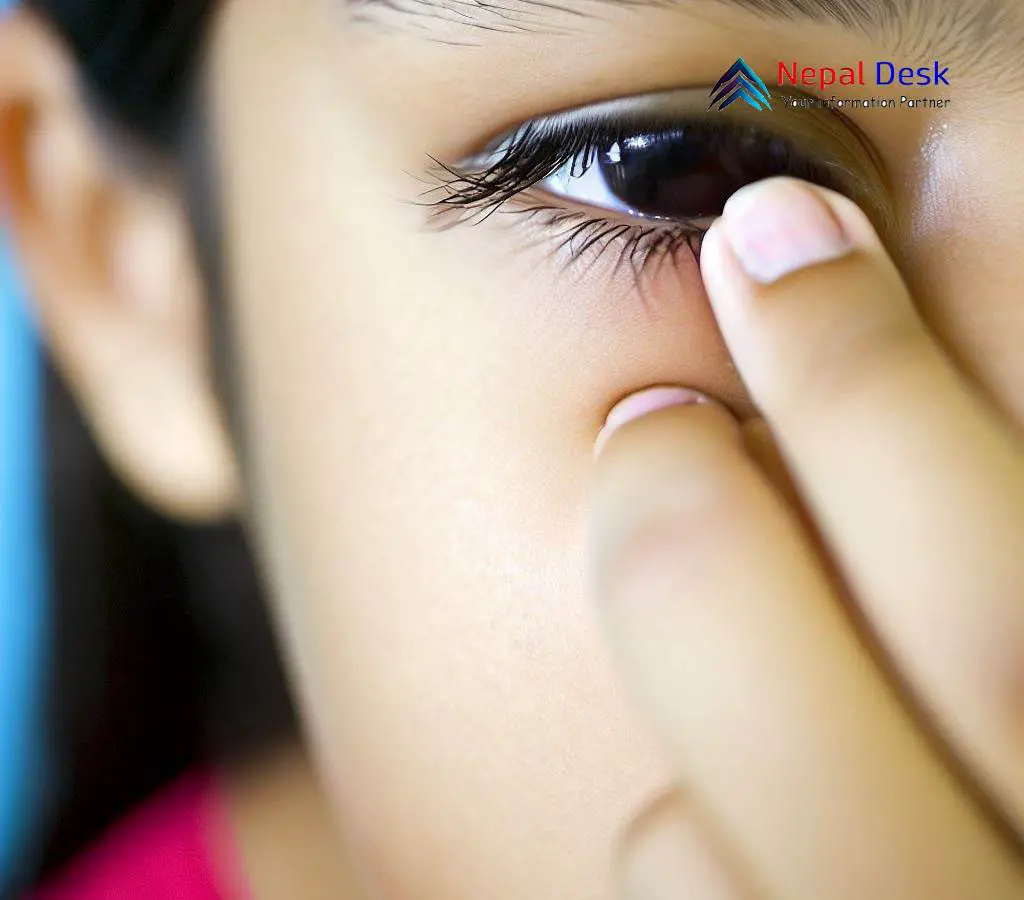Eye Flu Outbreak in Nepal: Over 10,000 Cases Reported Amidst Heavy Rainfall
Published Date

Published Date
Amidst heavy rainfall, Nepal witnesses a surge in eye flu cases, especially among children. Learn about the outbreak, symptoms, and preventive measures.
⏱ 1 min read
In recent weeks, Nepal has experienced a concerning increase in eye flu (conjunctivitis) cases, with the Tarai region, Kathmandu Valley, and other provinces being significantly impacted. The ongoing heavy rainfall is thought to be a key factor in the rapid proliferation of this eye infection.
According to data obtained from the Ministry of Health, over 10,000 cases of eye flu have been registered in just the past month. Alarmingly, the majority of those affected are children under 10 years old. In an effort to combat the growing crisis, health authorities have swiftly implemented several measures aimed at curbing the infection's spread. These steps include the temporary closure of schools and public venues where infections have been identified, disseminating information about conjunctivitis symptoms and preventive measures, and delivering prompt treatment for those impacted.
Fortunately, no severe complications have emerged as a result of the outbreak. However, people are encouraged to seek immediate medical attention if they experience symptoms such as redness, itchiness, or excessive tearing of the eyes; thick eye discharge; eye pain; or increased sensitivity to light.
An analysis of relevant statistics reveals that the outbreak began in early July and has steadily intensified since then. The highest risk group comprises children under 10 years old. Affected areas have witnessed temporary closures of schools and public spaces. Importantly, no serious complications have been reported thus far. Those presenting with symptoms are urged to consult a medical professional immediately.
In order to reduce the spread of eye flu further, health officials recommend regularly washing hands with soap and water, avoiding touching one's eyes, not sharing personal items (such as eye drops, tissues, or towels) if infected, and covering one's mouth and nose when coughing or sneezing. By adhering to these guidelines diligently, everyone can contribute significantly toward safeguarding themselves and their community from this eye infection.
